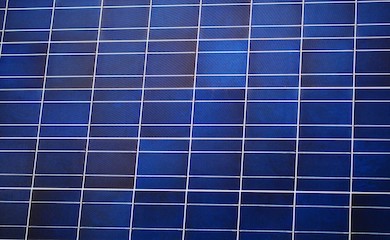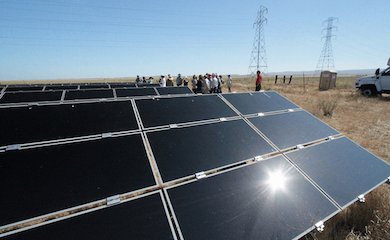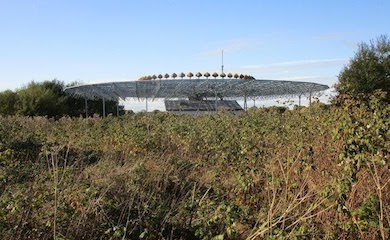Solar panels absorb light really well, but they can also reflect it. These PV reflections, commonly causing Glint and Glare effects, can cause nuisance and safety concerns to a number of receptors including residents, office workers, road users, aviators and railway networks. With strong global growth forecasts for solar developments the list of potential receptors may increase in the near future.

Solar panels, solar farms, solar parks, solar developments or solar installations are terms used to describe the installation of arrays of cells used to capture the energy from the sun and convert it to electricity.
Reflectivity
The reflectivity of solar panels has been researched by various organisations. Current research reflectance values range between 2% and in some cases up to 30%. Such PV reflections, or Glint and Glare effects, can cause nuisance and in many cases safety concerns to a variety of receptors.
Glint and Glare effects mainly started from Aviators regarding the negative impact on safe airport operations, such as aircraft take-off and landing.
What is the result of such effects? The solar farm will not receive planning permission.
Over the last two years, we have completed over 100 Glint and Glare studies. A number of these were to satisfy concerns related to non-aviation related receptors, such as residents, road users, train drivers and the list is growing with some impacts being far from obvious. An example is a safety concern from a railway operator that the reflection from nearby solar panels may cause train signalling lights to appear illuminated when they are not switched on.
Global solar capacity to double in the next 4 years
Although solar energy has been used by human beings for over 3 millennia, over the last few years solar installations have been growing exponentially and the future looks even brighter.
In the UK alone, more than 2GW are currently awaiting for construction, which is more than what is currently operational [1]. On a global scale, the worldwide capacity for the end of 2014 is projected to be 174GW – 191GW whilst for the end of 2018 is estimated to reach 320GW – 430GW [2]. This means that solar developments are expected to double within the next 4 years.
With strong growth forecasts over the next 4 years the likelihood of a solar development being in the vicinity of a potentially affected receptor is very likely to increase, including some receptors that currently are not accounted for. It is considered good practice for solar developers to consider Glint and Glare effects in order to avoid planning objections.
References
[1] Department of Energy & Climate Change: https://restats.decc.gov.uk
[2] Global Market Outlook for Photovoltaics: http://www.epia.org/



